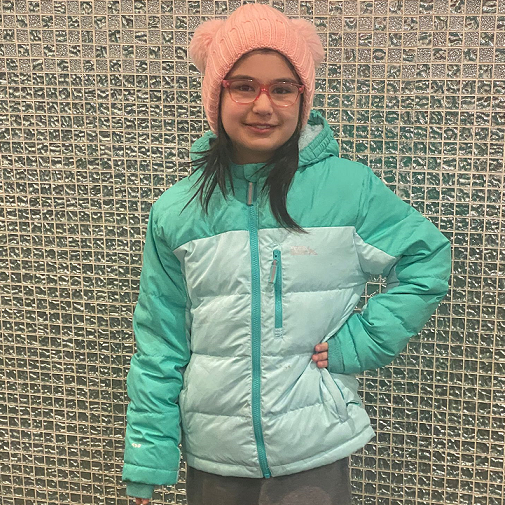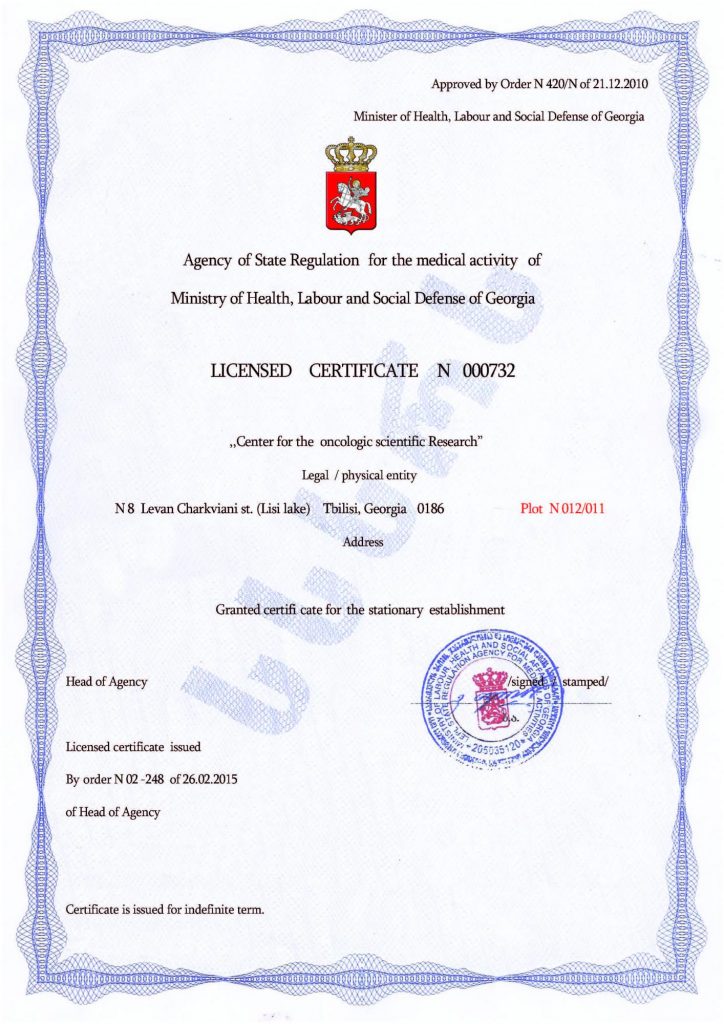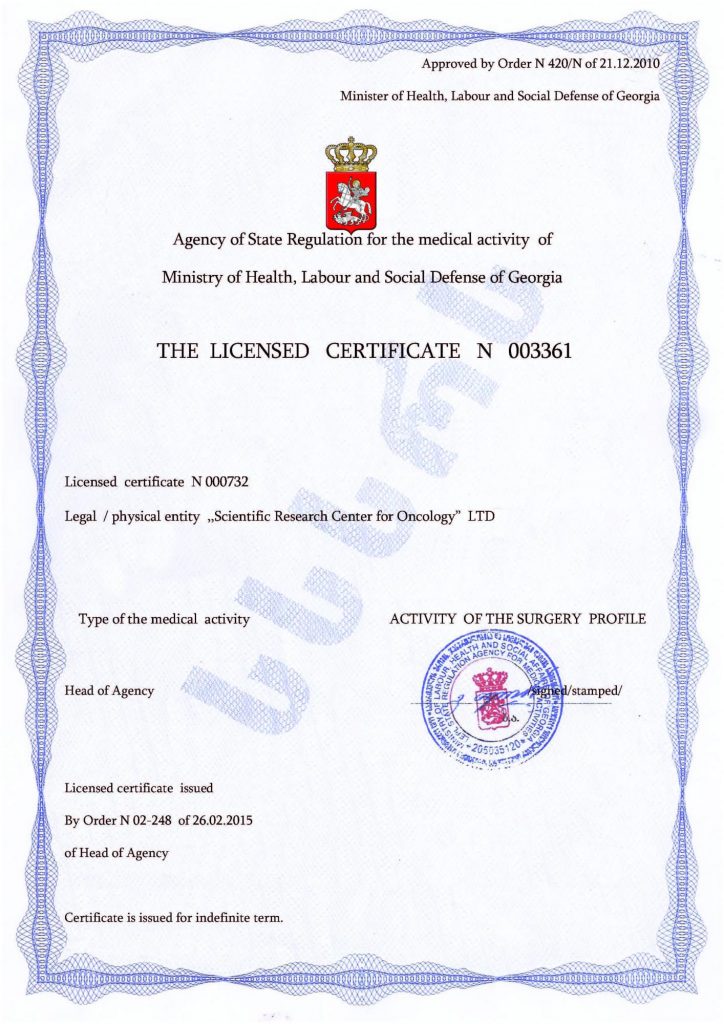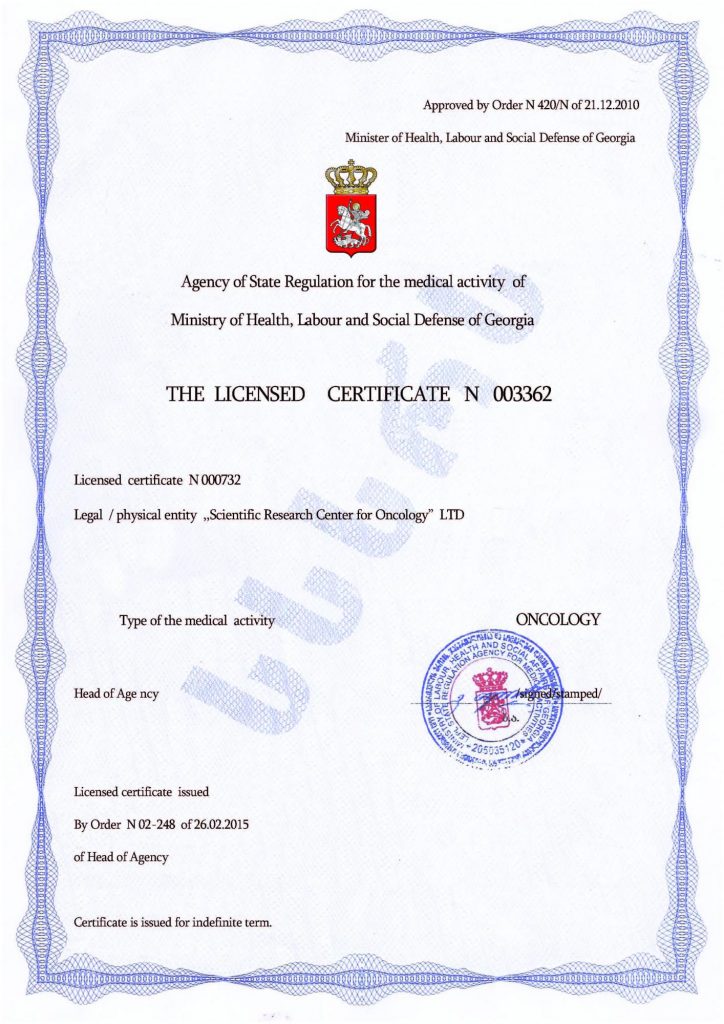Inclusive-Integrative Autism Therapy
Inclusive Integration is a program that combines several techniques aimed at easing the transition to school and beyond. It also helps address many manifestations of the disorder. Let’s explore the most important methods in this program.
Sensory Integration in Autism
As children grow, they learn to perceive external information through their senses. This enables them to form a comprehensive and multifaceted picture of the world around them. Unfortunately, children with autism spectrum disorder (ASD) often experience disruptions in this process.
To ensure that a child correctly interprets non-verbal signals, builds interpersonal relationships, and has basic knowledge of the world, it is essential to enhance sensory perception. This is precisely the focus of inclusive autism therapy.
It is based on the assumption that this dysfunction is either caused by an overwhelming environment or a complete lack of interest in it, both of which hinder the child’s ability to gather reliable information. The goal of sensory integration is to improve this process to foster the development of social and communication skills.
Sensory integration for children with autism can be implemented through the following activities:
- Spatial Orientation: Swinging in a hammock, walking through a maze, or crawling through a tunnel.
- Auditory Stimulation: Dancing to specific music.
- Tactile Sensory Stimulation: Sensory toys or exercises.
- Visual Coordination: Reaction exercises.
- Balance Training: Spinning and moving on a wheeled chair, balancing on a horizontal bar.
TEACCH Program for Children with Autism
The TEACCH Program (Treatment and Education of Autistic and related Communications Handicapped Children) is an American method developed to assist children with autism who are beginning school. It consists of a comprehensive system of developmental learning techniques, psychological support, didactic materials, and practical exercises.
The TEACCH method for autism is implemented in two ways: within the school program and through digital services. The latter can be used for independent work with a child. Within the educational framework, an individualized curriculum is selected. This is done by a teacher skilled in working with children who have autism or other disorders.
The key areas of development in TEACCH therapy for autism include the following skills:
- Communication
- Self-care
- Socialization
- Independence
- Fine motor skills, etc.
This method uses various approaches to precisely structure spatial and temporal concepts through visual forms (schedules, charts, illustrations).
The best preparation for school is effective treatment for autism spectrum disorder (ASD), which can only be achieved through innovative techniques.
One such technique is stem cell therapy for childhood autism, which is currently the most effective treatment method. No traditional approach can surpass it, as this treatment addresses the root cause of autism at the cellular level, while other methods only address the symptoms. Many patients from Europe travel to Georgia, to the Mardaleishvili Medical Center, to undergo stem cell transplantation at more affordable conditions.
Book an online consultation for autism treatment using stem cells – maximize your child’s successful integration into society!
Autism Treatment Center Videos
Autism treatment with own stem cells
Cord blood association congress
International Quality Crown
Autism Treatment Reviews
Autism treatment with own stem cells
The story of Alessandro (6 years old)
Autism Patient Testimonial - Stem Cell Treatment
Clients Testimonials
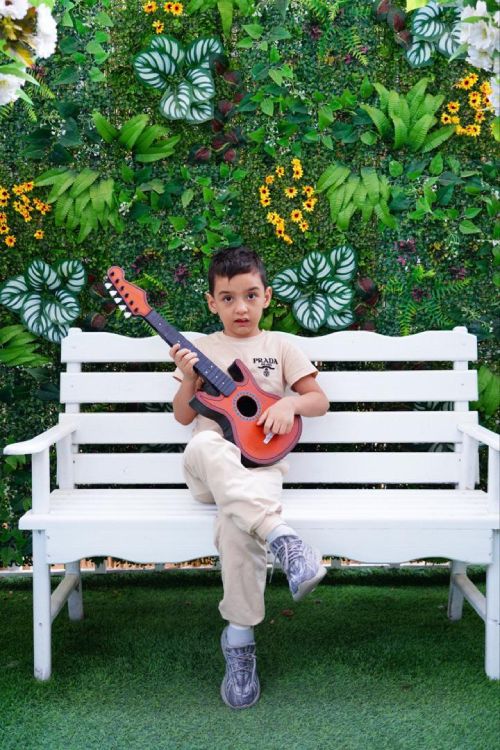
Amirkhon’s father — Tokhir Read More
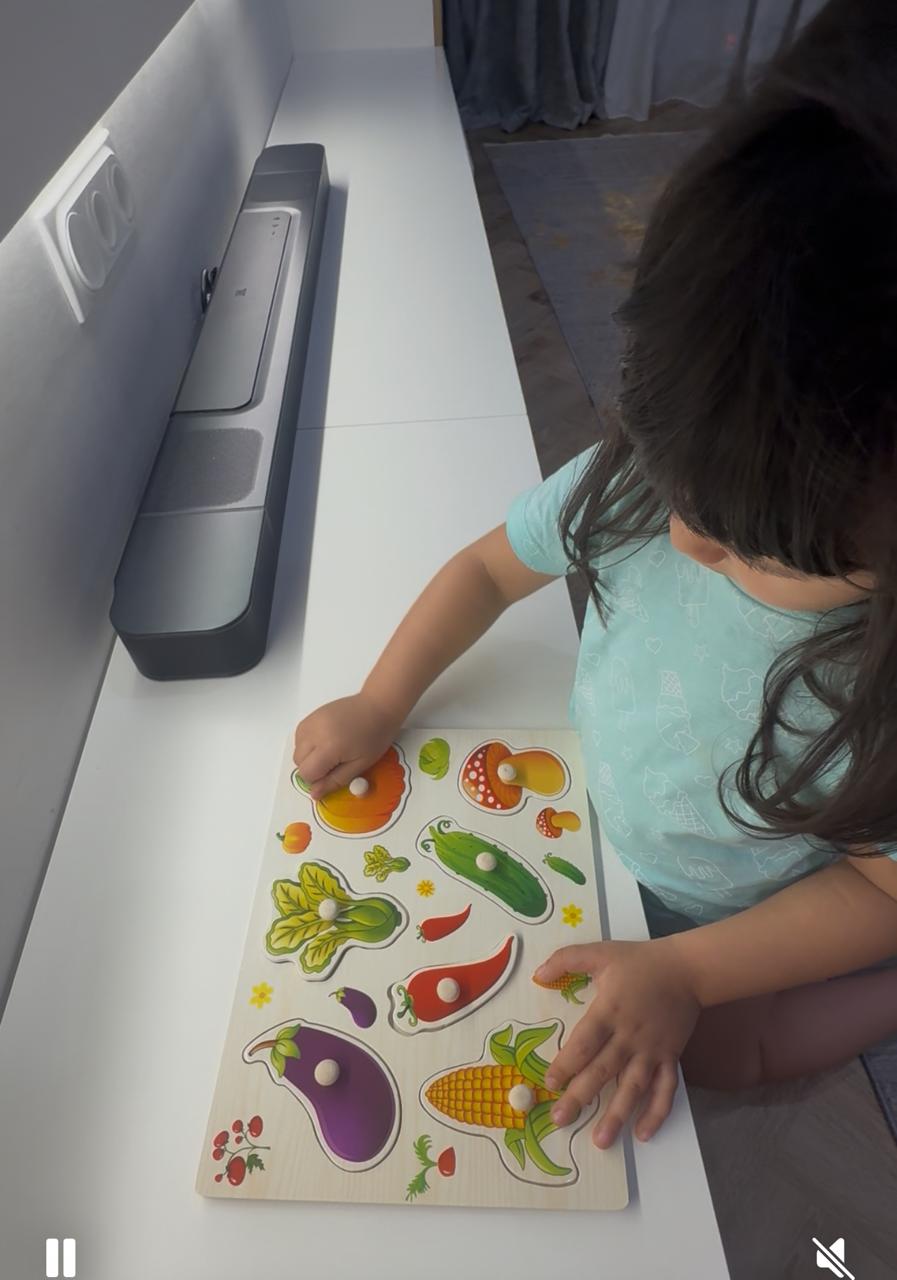
Dilana’s mother Read More
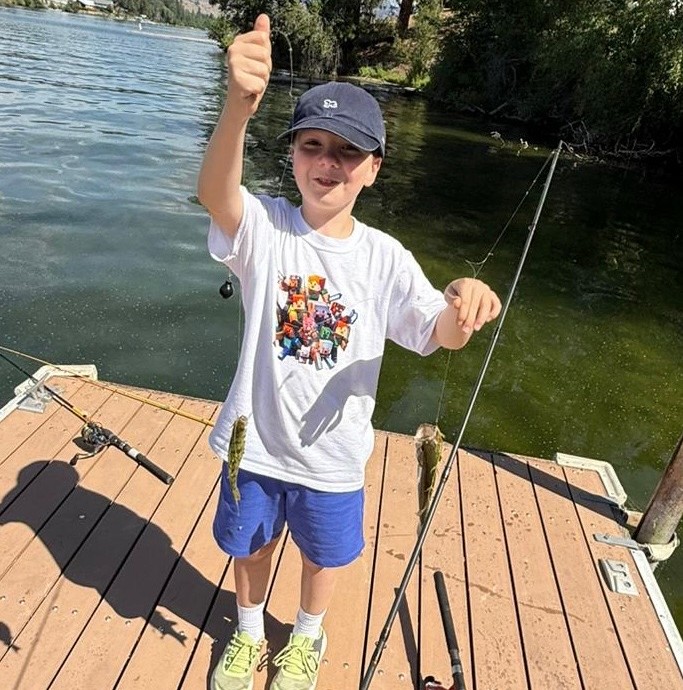
Irina and Stefan – Ilya’s parents Read More
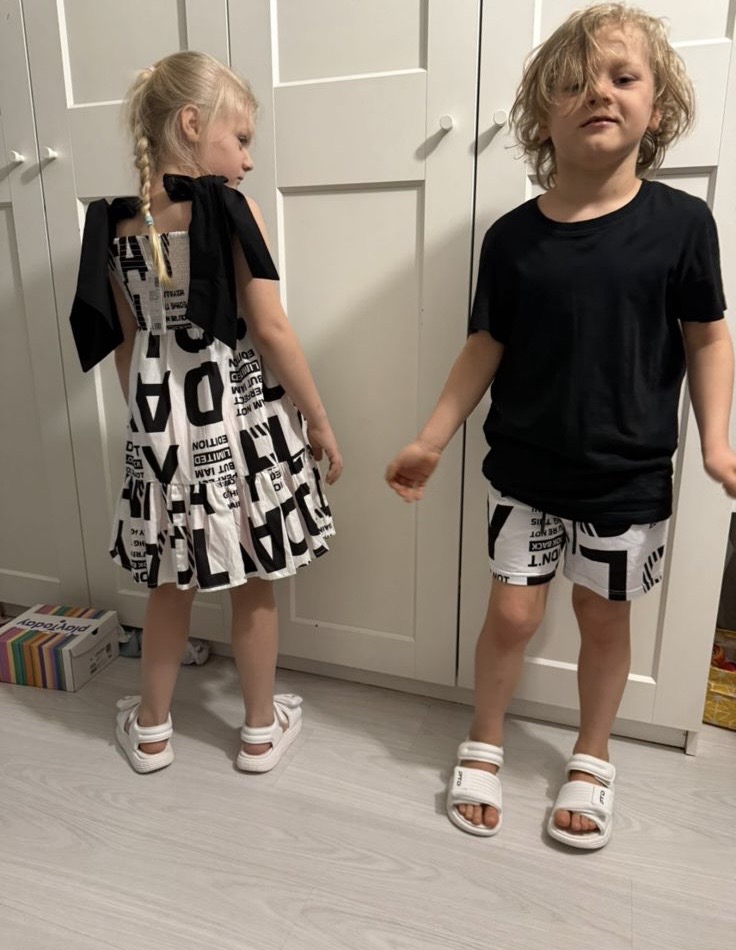
Kristina – mother of Nelly and Nik Read More
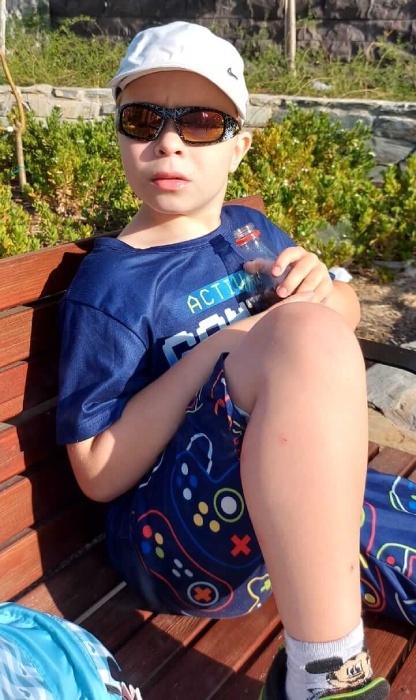
Marina and Grigory – Maxim’s parents Read More
